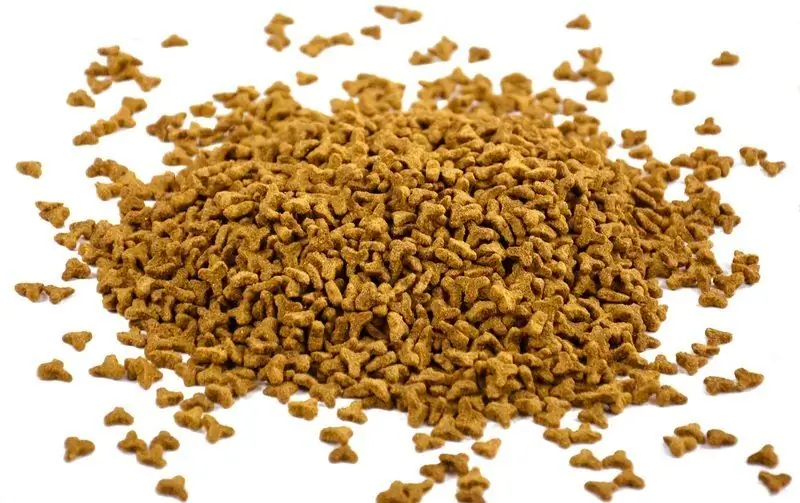
Table of contents:
- Author Bailey Albertson [email protected].
- Public 2023-12-17 12:53.
- Last modified 2025-01-23 12:41.
8 most dangerous substances for humans that are in the air of big cities

A walk on the street may not always be really useful. And all because in the "fresh" air there can be substances hazardous to humans.
Atmospheric carbon (soot)
It is a product of incomplete combustion and thermal decomposition of hydrocarbons. It is the result of incomplete combustion of natural gas, oil and their mixture.
Soot consists of small particles that are harmful to the lungs because they are not filtered out in the upper airways due to their small size. Smoke from diesel engines, which consists almost entirely of atmospheric carbon, is considered especially dangerous to humans.
Benzopropylene
It is a product of combustion of wood, coal, paper or any other organic compound, including when smoking or smoking food. Even smoke from a fire has a negative effect on the body.
Benzopropylene has carcinogenic properties and can provoke the development of cancer of the throat and respiratory organs, pancreas, and intestines. Also, this substance provokes the development of leukemia.
In addition, benzopropylene is mutagenic because it can be incorporated into DNA. Therefore, a healthy woman may have a sick child with congenital deformities.
Formaldehyde
It is a colorless gas that is in the air regardless of conditions. Formaldehyde is released during cooking on a gas stove, during renovations, smoking in an apartment, using a fireplace for heating.
If its content is slightly exceeded, a person can feel a characteristic pungent odor, which causes irritation of the mucous membranes of the nose, eyes and respiratory tract, and the development of allergic reactions. Asthmatics may experience exacerbation of the disease.
If the concentration of formaldehyde in the air is significantly exceeded, it can lead to the development of cancer. Such consequences are often observed in industrial workers in close contact with formalin.
A person can be under short or long term exposure to this toxin. In the first case, this happens when working with finishing and building materials, for example, with paint containing formalin. Long-term, however, occurs due to the regular evaporation of toxin from household surfaces, for example, after buying new furniture of poor quality.
Carbon monoxide
It is a colorless, odorless gas that enters the air as a result of the combustion of organic materials such as paper, gas, oil, in an oxygen-deficient environment. The main reason is incomplete combustion of the material.
Sources of carbon monoxide, or carbon monoxide, are combustion engines, foundries, and recycling plants.
Ingestion of a substance into the body can lead to poisoning. The first signs are headache, shortness of breath with exercise, throbbing in the temples.
Excessive poisoning is almost always fatal, since it slows down breathing and suppresses cardiac activity.
This substance does not accumulate in the body, therefore it is completely eliminated when a person goes out into the fresh air. However, repeated exposure can lead to the death of brain cells due to lack of oxygen.
Carbon disulfide
It is a colorless liquid with an unpleasant odor. Vapors of the substance are toxic to humans and flammable. They have a negative effect on the central and peripheral nervous system, blood vessels, metabolic processes. Even slight poisoning is dangerous, which leads to dizziness and narcotic effects.
With more severe poisoning, a coma is possible. If a person experiences regular lung poisoning with carbon disulfide, then he may experience mental disorders, sleep, and the work of the cardiovascular system. In small concentrations, carbon disulfide is released into the air as a result of dry distillation of fuel containing sulfur.
Hydrogen chloride

It is a colorless, thermally stable poisonous gas. It has a pungent odor and dissolves easily in water, resulting in the formation of hydrochloric acid.
Under laboratory conditions, hydrogen chloride is obtained by mixing concentrated hydrochloric acid and sodium chloride with slight heating. An aqueous solution is used to clean vessels and wells from carbonates, in the production of chlorine, soda, as well as paving slabs, reinforced concrete products.
Inhalation of this substance leads to cough, inflammation of the nose, throat, and respiratory tract. In more severe cases, pulmonary edema and circulatory disorders may occur.
Hydrogen fluoride
It is a colorless toxic gas with a pungent unpleasant odor. Mixes readily with water to form hydrofluoric acid. The substance is formed as a result of the interaction of fluorine with hydrogen in the dark or fluorspar and strong non-volatile acids, for example, sulfuric. It is used for the production of filter paper, as an antiseptic in the distilling and brewing industries.
Hydrogen fluoride can corrode the walls of the respiratory tract. He also has a weak narcotic effect.
Ammonia
This substance is used in the production of agricultural fertilizers, animal feed, construction and other polymers, and in other industries. This gas is present in food and other industries, in which refrigeration units are used, as well as in glass and tile cleaners.
The negative impact of air with a high ammonia content is in those cases when a person clearly smells it. This leads to the appearance of a runny nose or cough, watery eyes, rapid breathing, vomiting, and dizziness.
With a longer stay in an infected atmosphere, chest pain, urinary retention, clouding of consciousness appear. In this case, medical attention is required.
Recommended:
How To Get Rid Of Centipedes In A Private House Or In An Apartment, The Reasons For The Appearance Of Centipedes, Are They Dangerous To Humans

The article contains information on the types of millipedes and how to deal with them. How to get rid of centipedes in an apartment and a private house on your own
Can Fleas From A Cat Or A Cat Go To A Person, Are Cat Parasites Dangerous, Who And How They Bite, How To Get Rid Of And Prevent

Can fleas pass from a cat to a person? Are feline parasite bites dangerous for humans? What does a flea bite look like? Ways to get rid of fleas. Prevention
Is Dry Food Harmful For Cats: Dangerous Ingredients In The Composition, What Harm Can Low-quality Food Cause, The Opinion Of Veterinarians

Are ready-made diets dangerous for cats? What diseases can dry food cause? How to choose a safe and healthy product
Where Did The Sparrows Go In Big Cities?

The main reasons why there are fewer sparrows in modern cities
Harmful Substances That Are Found In Cosmetics

Substances that are found in cosmetics and can cause great harm
